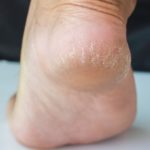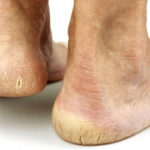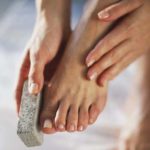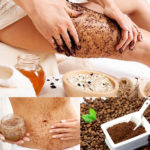Cracked heels can lead to peeling, rough, and cracked skin on the back of the feet, which can cause infections. This condition often occurs due to certain conditions such as diabetes, hypothyroidism, infections, soaking feet in extremely hot water, standing for long periods, tight shoes, drying out the skin with soap… Therefore, to prevent cracked heels, you need to pay attention to the following:
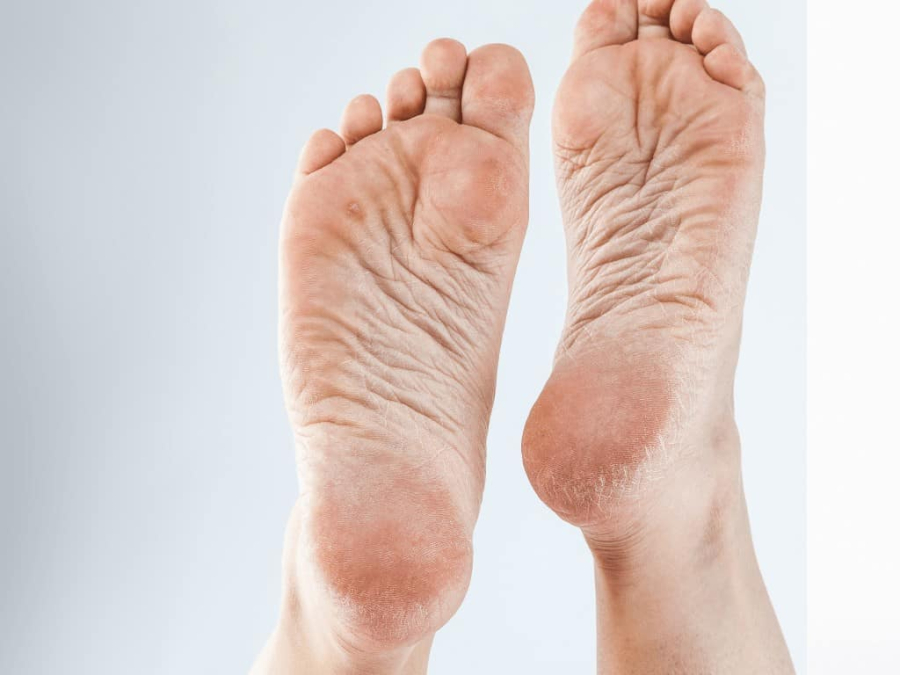
Moisturize the heels
Dryness of the heels is the main cause of cracked heels. Moisturizing is the best way to ensure elasticity and flexibility of this skin area, helping small cracks to heal. Imagine dry skin leading to cracked heels like a ripe persimmon that becomes dry and cracks. Moisturize your heels by soaking them in cool water to soften them, then moisturize and massage them with coconut oil, olive oil, or soak them in rose water.
Exfoliate dead skin cells
Thick layers of dead skin cells on the heels are also the cause of cracked heels. You need to exfoliate dead skin cells to make this area softer. The best way to exfoliate dead skin cells is to soak the heels and then use leaves such as guava leaves, basil leaves, cook them until cool, crush them into fine pieces and rub them on the heels to remove dead skin cells. You can also use a pumice stone or bath sponge to rub your heels. Avoid scraping the heels when they are dry. After exfoliating the dead skin cells, remember to moisturize this area.
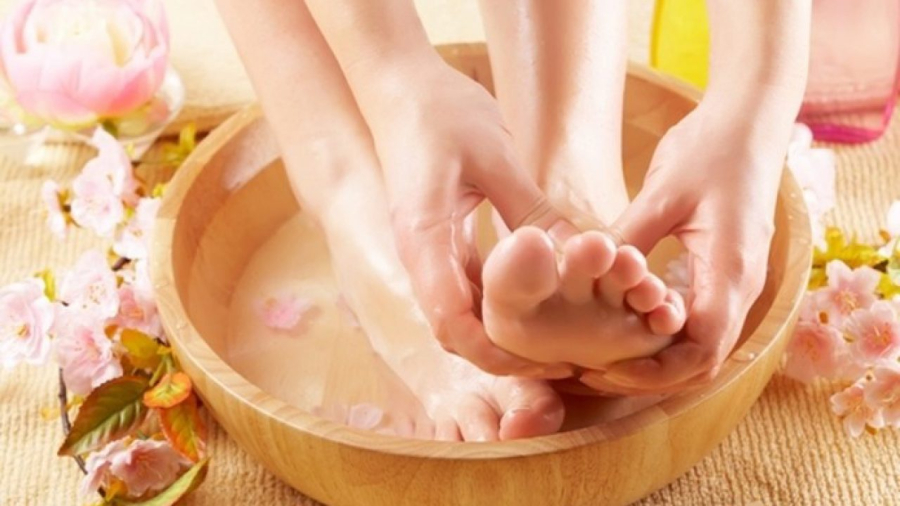
Check the shoe size
If you are wearing tight shoes, change to a larger size. Tight shoes are the reason why the heels are squeezed and cracked. During the period when the heels are severely cracked, stop wearing shoes and switch to flip-flops and low-heeled shoes to allow the feet to recover.
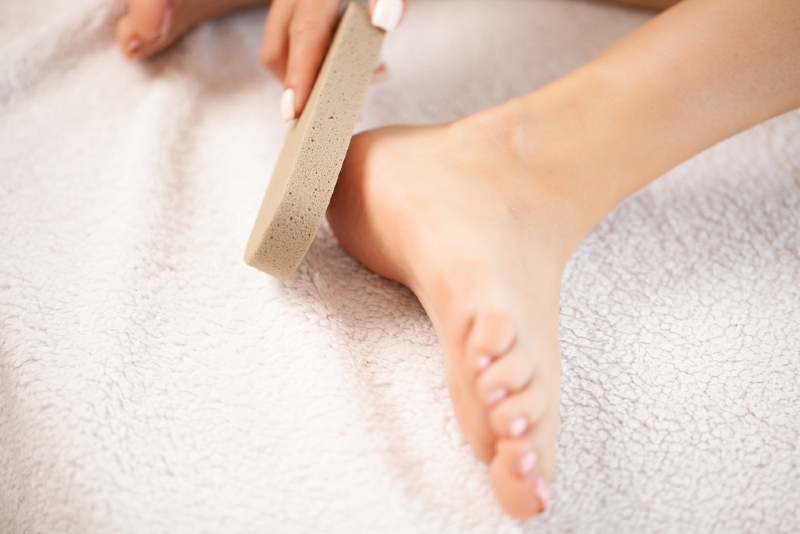
Practice heel raises
Regularly wearing high heels or standing on tiptoes can cause poor blood circulation to the heels, making them more prone to dryness and cracking. At this time, you should practice lowering the heels and gently moving them to improve blood circulation to the heels.
























